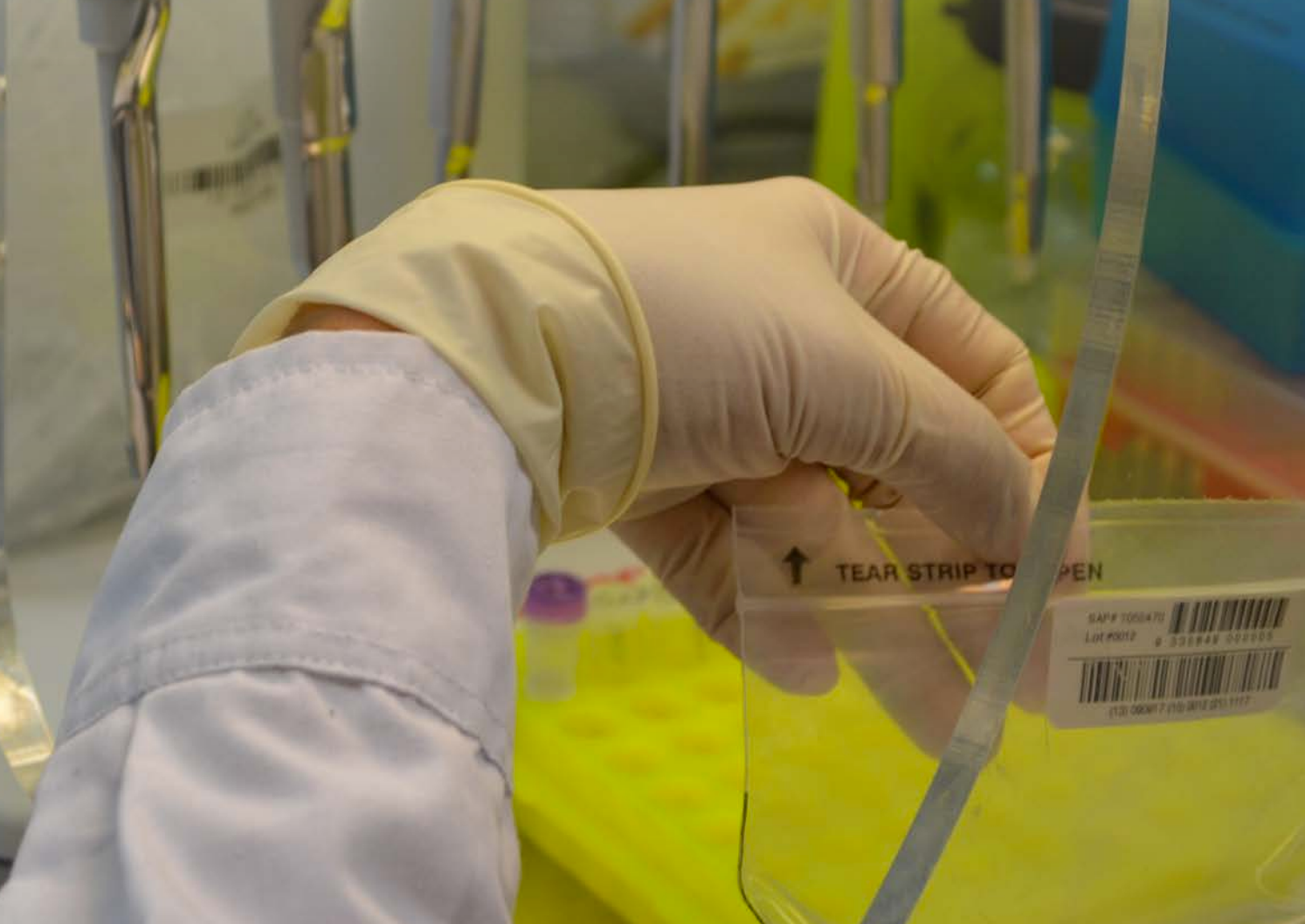
What is an MTA?
A Material Transfer Agreement (MTA) is a contract governing the transfer of materials between two parties. It defines the rights of the provider and the recipient with respect to the materials and any derivatives. MTAs can help to ensure a common understanding as to what is being shared, for what purpose, and how it can be used. MTAs regularly govern the transfer of biological materials, such as samples but can also cover associated data, such as meta data or the clinical state of the donor.
For more information see: Material Transfer Agreements: A Multipurpose Tool for International Cooperation.

Why use an MTA?
A prompt response to a public health emergency can depend upon the ability to move relevant samples and associated data from one place to another. The movement of such samples and associated data must be as simple and transparent as possible, whilst protecting the interests of the owners of the samples and associated data. Increasing awareness of the potential value of certain samples and associated data has increased the demand for these protections.
Read more

When to use an MTA
There are a number of scenarios where an MTA might help clarify conditions associated with the movement or use of samples and associated data. These might include...
Read more

MTAs and public health emergencies
During a public health emergency, it will be important to ensure that samples and associated data can be moved, accessed and used for a variety of important purposes, including the identification and characterization of the responsible pathogen, diagnostic purposes, clinical decision making, epidemiology as well as the development or validation of diagnostic tools.
Read More
Why use an MTA?
A prompt response to a public health emergency can depend upon the ability to move relevant samples and associated data from one place to another. The movement of such samples and associated data must be as simple and transparent as possible, whilst protecting the interests of the owners of the samples and associated data. Increasing awareness of the potential value of certain samples and associated data has increased the demand for these protections.
MTAs play an important role in enabling transfers and subsequent use by the recipient, whilst protecting the interests of the transferee. For a summary of why these agreements are important and a discussion of some of the challenges in using them see: Science Commons: Material Transfer Agreement Project
MTAs are frequently entered into to provide clarity in terms of the parties’ expectations. Equally important, they provide a written record of the provenance of the materials. Further, in the case of infectious diseases and hazardous materials, they will assist in setting out parties’ expectations about liability and who is responsible for particular risks that may arise during the course of using the material.
Ultimately a decision must be made about whether the objective for the MTA process is to make it smooth, fast and efficient; or to ensure that it is maximally beneficial to those who most need it. While objectives for an MTA will differ widely, the best outcome will take both goals into account and create a balance that responds to different needs and communities.
Recent public health emergencies of international concern (PHEICs) with Ebola virus disease in West Africa and zika virus in Latin America have demonstrated the many difficulties of negotiating MTAs in an emergency context, and showed a clear need for agreed fundamental principles and scalable, sustainable approaches for MTA negotiation (for more information see: Overarching Principles) .
When to use an MTA
There are a number of scenarios where an MTA might help clarify conditions associated with the movement or use of samples and associated data. These might include:
1. Export or international movement of samples and associated data;
2. Domestic movement of samples and associated data to a separate legal entity (or in some cases perhaps even for different parts of the same legal entity);
3. Determining the eventual use or further distribution of samples and associated data shared for one purpose but with the potential for additional uses;
4. Uses or purposes where there are specific rules or regulations, or when a third party, such as a government agency such as a Ministry of Health, is (or needs to be) involved;
5. Where the material being moved has a potentially important intrinsic value (either the material itself or the possibility of using it in other processes or for product development); and
6. As part of larger overarching agreements, such as research protocols or bilateral agreements.
MTAs can be very simple documents, or more complex legal agreements. The level of detail may be determined by the potential commercial value of the material being transferred and the intended uses to which it will be put. A discussion of how these agreements might match the details of the transfer see:
Use and Misuse of Material Transfer Agreements: Lessons in Proportionality from Research, Repositories, and Litigation
MTAs and public health emergencies
During a public health emergency, it will be important to ensure that samples and associated data can be moved, accessed and used for a variety of important purposes, including the identification and characterization of the responsible pathogen, diagnostic purposes, clinical decision making, epidemiology as well as the development or validation of diagnostic tools. Given the emergency context, it will be desirable to have in place simple and transparent measures that protect the interests of all parties. This might include provisions to protect the supplier that transferred the samples in good faith during an outbreak.
During the public consultation on this tool, several respondents noted the absence of a public health-specific overarching international framework governing access to and sharing of samples and associated data from diseases other than influenza. Very different views were expressed as to the desirability or feasibility of developing such a framework. In its absence and given that a prompt response to a public health emergency can depend upon the ability to move relevant samples and associated data from one place to another. The movement of such samples and associated data must be as simple and transparent as possible, whilst protecting the interests of the owners of the samples and associated data.
The tool embraces views expressed by many of those involved in its development of the importance of continuing to work towards the “broader public good”. In a public health context, this will involve both the shorter-term goals of preventing the spread of disease and reducing mortality and morbidity, and longer-term goals of preventing future outbreaks and building capacity to mitigate their impact. Some comments received during the public consultation highlighted possible differences in understanding of the meaning of a broader public good and the challenges of accomplishing this in the presence of commercial and self-interests.
In the early days of an emergency, it will likely be government representatives who are signing agreements to transfer materials. Governments will likely be unable – and unwilling – to negotiate commercial terms that apply to future, potentially unknown, commercial actors. Furthermore, there aren’t necessarily existing researchers/manufacturers working with the pathogen of concern with which to negotiate, or any established marketplace for countermeasures that can be used to inform the value of any potential benefits. As a result, even if potential manufacturers are identified and engaged in the negotiations, they’re unlikely to have a good understanding of their chances of success in developing a countermeasure, their capacity to produce such a product, what the value of that product might be, etc.
The tool is intended for use prior to a public health emergency to build relevant human capacity – not to develop an MTA during such an outbreak.
MTA negotiations are more likely to become protracted where parties perceive a need to protect their own interests and manage risks. Where this is not possible, either because a standard MTA is implemented without change, or because a funding agency or other party (such as a biorepository) uses a standard MTA, the process of transfer is often expedited. There have been attempts to develop model MTAs for use during public health emergencies.